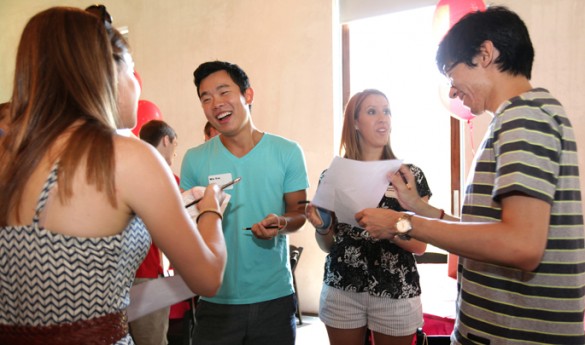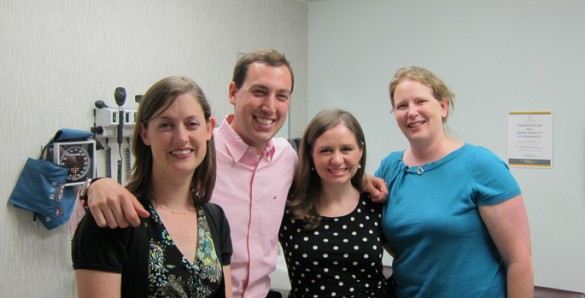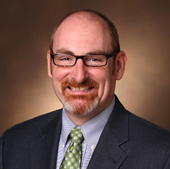
Vanderbilt University School of Medicine’s Class of 2017 arrived on campus in July with a big agenda before them. In addition to acclimating to new surroundings and faces, these students will also be stepping into a new, and nationally recognized, medical education model.
Curriculum 2.0 begins its first year of full implementation bent on presenting a new view of how medical students can achieve excellence in both medical practice and leadership.
“Curriculum 2.0 is in alignment with our optimistic view of health care reform. Providers will look at outcomes critically, focusing not on how much we do for patients, but how well we do for patients,” said Kim Lomis, M.D., associate dean for Undergraduate Medical Education.
“Our graduates will already have those habits of inquiry and critical thinking skills to help them truly lead. We are setting them on a trajectory to jump way ahead when such reform gets here.”
Among the components of change in Curriculum 2.0 are:
• Patient care experience and case-based learning beginning in year one.
• Information technology seamlessly blended with curricular and competency goals for real time assessment of students’ progress.
• Flexibility to allow students to complete required competencies more quickly and explore targeted research, clinical and leadership projects.
• Reduced class size to fully realize these goals for each student.
“Goals of learning today include knowledge, skills and attitudes that go beyond the essential core of one-on-one patient care,” said Bonnie Miller, M.D. associate vice-chancellor for Health Affairs and senior associate dean for Health Sciences Education. “In addition to being excellent clinicians, our students must understand principles of quality, safety and improvement, and they must understand the larger systems in which health care is delivered. Most important, they must become expert lifelong learners.”
Armed with lessons and feedback from the students who experienced last years’ partial launch of the new curriculum, Lomis said operational staff has made many adjustments to ensure the new students will experience something truly great.
“We didn’t account for how intimidating a more professional clinical role starting in the first year could be for the learners. This year we are being more intentional about how we frame this for students. If we remind students that the long-term goal is to create physician-leaders, well prepared to creatively assess and impact the health care system, and improve the care of patients, our learning methodologies make more sense to students and they are more engaged,” Lomis said.
Faculty refer to students who entered in 2012 as “hybrids,” since they effectively experienced some traditional elements and some new pilots, while the students themselves like to say they experienced “Curriculum 1.5.” But all agree students thoroughly enjoyed aspects of Curriculum 2.0, like the case-based and team-based learning experiences that challenged them on a weekly basis.
Second-year student Aaron Yengo-Kahn acknowledges the adjustment from traditional undergraduate classwork to Curriculum 2.0’s non-traditional framework has been challenging, but rewarding.
“I think having greater independence earlier in our training has been a great benefit. Because we were in the clinical setting right away, we had to ask the right questions and find the answers, often on our own. Also, when we talk with friends who went to different medical schools, I think they are all a little jealous that we’ll get to go to our rotations in the hospitals a half a year earlier. It gives us more time to decide what we want to apply for in residency, and we can take more electives in our final year,” Yengo-Kahn said.
Transforming the former model of education as a process of transferring knowledge from teacher to student into a system of flexible, collaborative and experiential learning requires a greater degree of faculty mentoring and involvement.
Vanderbilt’s renewed focus on leadership also requires building on a tradition of close faculty-student relationships. In reducing class size next year to 88 students, Vanderbilt is joining a group of other top-ranking medical schools known for training leaders in medicine.
A new $1 million dollar grant from American Medical Association, in recognition of efforts to transform medical education, will accelerate the creation of technology systems to support Curriculum 2.0.
“A paradigm of continuous change and improvement requires a sophisticated infrastructure that helps students critically assess their own learning, and guides them to their next learning steps. Vanderbilt has unique education technology abilities and so it is the perfect environment to pilot these goals,” Miller said.















